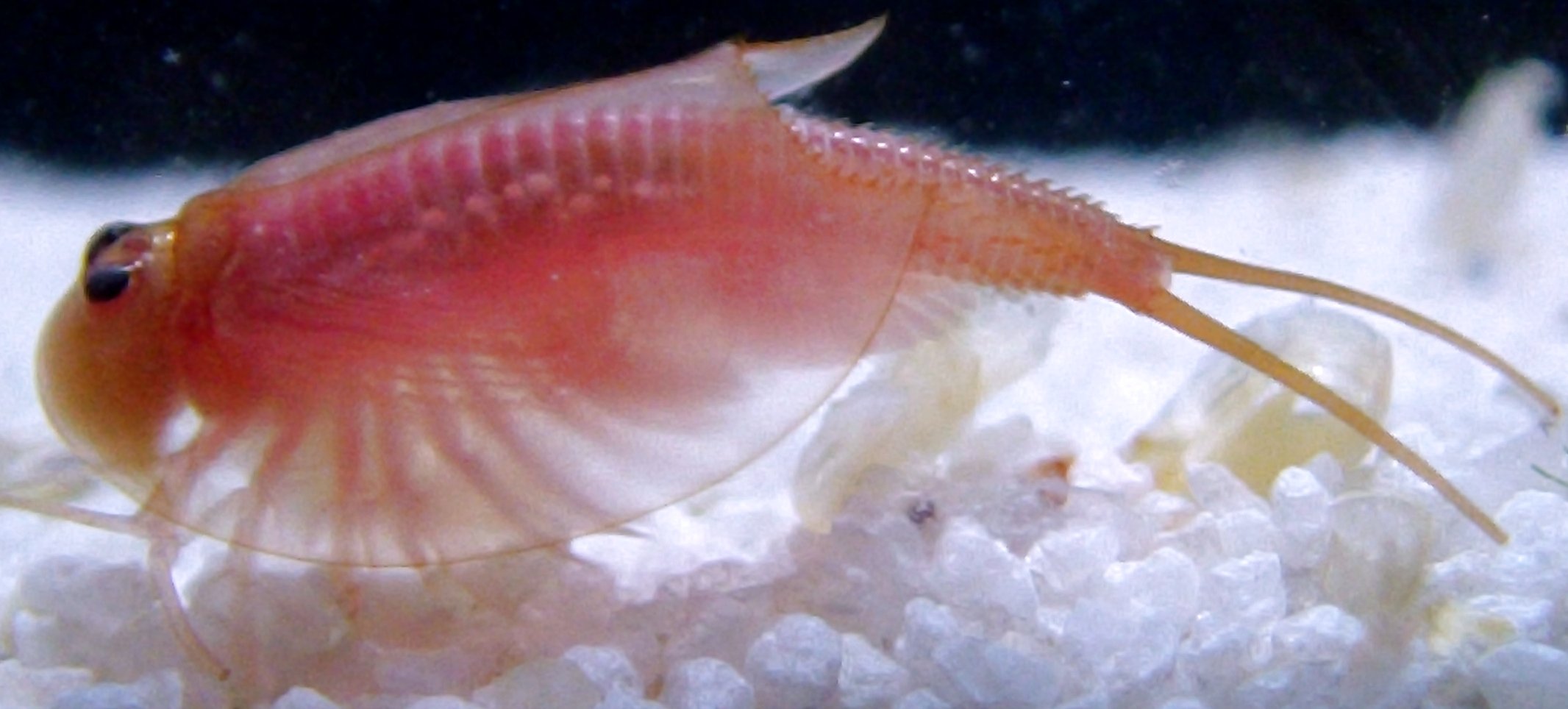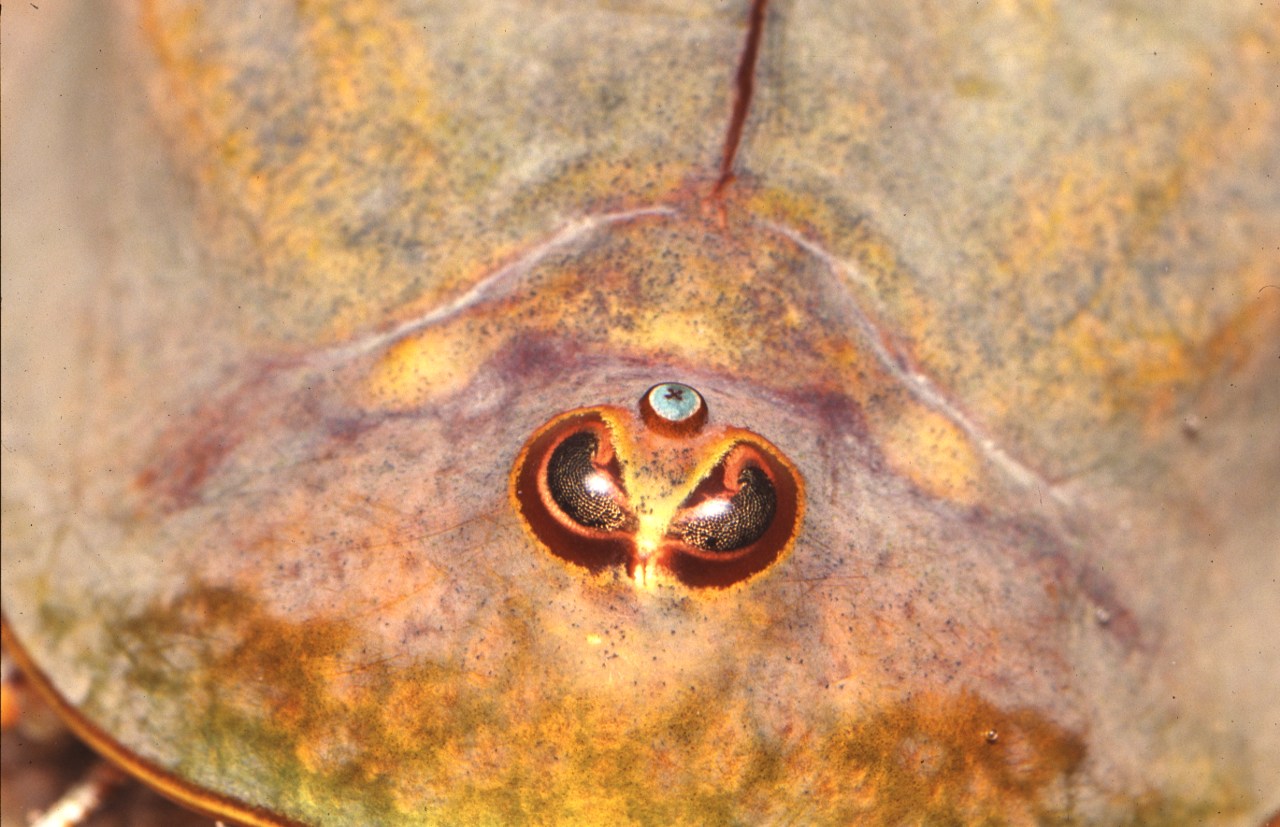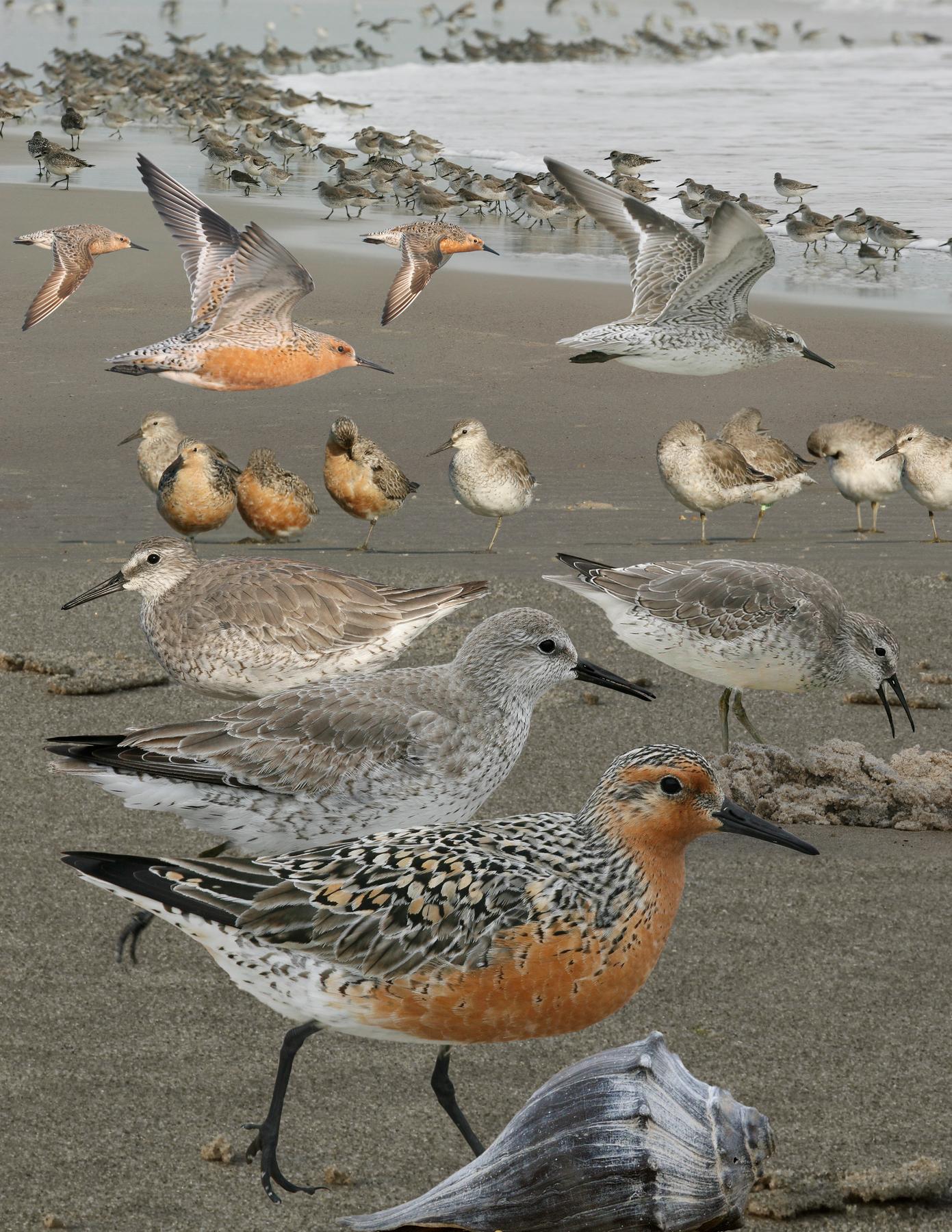|
Triops Cancriformis
''Triops cancriformis'', European tadpole shrimp or tadpole shrimp, is a species of tadpole shrimp found in Europe to the Middle East and India. Due to habitat destruction, many populations have recently been lost across its European range, so, the species is considered endangered in the United Kingdom and in several European countries. In captivity they commonly grow up to ; in the wild they can achieve sizes of . In the UK, there are just two known populations: in a pool and adjacent area in the Caerlaverock Wetlands in Scotland, and a temporary pond in the New Forest. The species is legally protected under Schedule 5 of the Wildlife and Countryside Act 1981 (as amended). Fossils from the Upper Triassic ( Norian) of Germany, around 237 million years old have been attributed to this species as the subspecies ''T. cancriformis minor'', due to their great similarity to modern day members of the species. However, later research showed that their ontogenetic growth was quite di ... [...More Info...] [...Related Items...] OR: [Wikipedia] [Google] [Baidu] |
Louis Augustin Guillaume Bosc
Louis Augustin Guillaume Bosc (or Louis-Augustin Bosc d'Antic) (29 January 1759 – 10 July 1828) was a French botanist, invertebrate zoologist, and entomologist. Biography Bosc was born in Paris, the son of Paul Bosc d’Antic, a medical doctor and chemist. He studied at Dijon, where he was the pupil of botanist Jean-François Durande and chemist Louis-Bernard Guyton-Morveau. Being unable to become an artilleryman, he worked initially for the office of the controller general and then for the comptroller of the postal service. In time he took courses in botany under Antoine-Laurent de Jussieu and met botanist René Desfontaines and naturalist Pierre Marie Auguste Broussonet. He also took up with Jean Marie Roland and Madame Roland and formed a lasting relationship with Danish entomologist Johan Christian Fabricius. While working for the postal service he carried out work on natural history, publishing a description of a new species of fly, Orthezia characais, and a method of pr ... [...More Info...] [...Related Items...] OR: [Wikipedia] [Google] [Baidu] |
Hermaphrodite
In reproductive biology, a hermaphrodite () is an organism that has both kinds of reproductive organs and can produce both gametes associated with male and female sexes. Many Taxonomy (biology), taxonomic groups of animals (mostly invertebrates) do not have separate sexes. In these groups, hermaphroditism is a normal condition, enabling a form of sexual reproduction in which either partner can act as the female or male. For example, the great majority of tunicata, tunicates, pulmonate molluscs, opisthobranch, earthworms, and slugs are hermaphrodites. Hermaphroditism is also found in some fish species and to a lesser degree in other vertebrates. Most plants are also hermaphrodites. Animal species having different sexes, male and female, are called Gonochorism, gonochoric, which is the opposite of hermaphrodite. There are also species where hermaphrodites exist alongside males (called androdioecy) or alongside females (called gynodioecy), or all three exist in the same species ( ... [...More Info...] [...Related Items...] OR: [Wikipedia] [Google] [Baidu] |
Swift (bird)
The swifts are a family, Apodidae, of highly aerial birds. They are superficially similar to swallows, but are not closely related to any passerine species. Swifts are placed in the order Apodiformes with hummingbirds. The treeswifts are closely related to the true swifts, but form a separate family, the Hemiprocnidae. Resemblances between swifts and swallows are due to convergent evolution, reflecting similar life styles based on catching insects in flight. The family name, Apodidae, is derived from the Greek ἄπους (''ápous''), meaning "footless", a reference to the small, weak legs of these most aerial of birds.Jobling (2010) pp. 50–51.Kaufman (2001) p. 329. The tradition of depicting swifts without feet continued into the Middle Ages, as seen in the heraldic martlet. Taxonomy Taxonomists have long classified swifts and treeswifts as relatives of the hummingbirds, a judgment corroborated by the discovery of the Jungornithidae (apparently swift-like hummingbird-relati ... [...More Info...] [...Related Items...] OR: [Wikipedia] [Google] [Baidu] |
Triops
''Triops'' is a genus of small crustaceans in the order Notostraca (tadpole shrimp). The long-lasting resting eggs of several species of ''Triops'' are commonly sold in kits as a pet. The animals hatch upon contact with fresh water. Most adult-stage ''Triops'' have a life expectancy of up to 90 days and can tolerate a pH range of 6–10. In nature, they often inhabit temporary pools. Relatives and fossil record The genus ''Triops'' can be distinguished from the only other living genus of Notostraca, ''Lepidurus'', by the form of the telson (the end of its 'tail'), which bears only a pair of long, thin caudal extensions in ''Triops'', while ''Lepidurus'' also bears a central platelike process. Only 24 hours after hatching they already resemble miniature versions of the adult form. ''Triops'' are sometimes called "living fossils", since fossils that have been attributed to this genus have been found in rocks hundreds of millions of years old. However, careful analysis of these ... [...More Info...] [...Related Items...] OR: [Wikipedia] [Google] [Baidu] |
Franz Paula Von Schrank
Franz von Paula Schrank (21 August 1747, in Vornbach – 22 December 1835) was a German priest, botanist and entomologist. He was ordained as a priest in Vienna in 1784, gaining his doctorate in theology two years later. In 1786 he was named chair of mathematics and physics at the lyceum in Amberg, and in 1784 became a professor of botany and zoology at the University of Ingolstadt (later removed to Landshut). at Catholic Encyclopedia Schrank was the first director of the botanical gardens in from 1809 to 1832. Schrank was the first author to use the name '' |
Genus
Genus ( plural genera ) is a taxonomic rank used in the biological classification of extant taxon, living and fossil organisms as well as Virus classification#ICTV classification, viruses. In the hierarchy of biological classification, genus comes above species and below family (taxonomy), family. In binomial nomenclature, the genus name forms the first part of the binomial species name for each species within the genus. :E.g. ''Panthera leo'' (lion) and ''Panthera onca'' (jaguar) are two species within the genus ''Panthera''. ''Panthera'' is a genus within the family Felidae. The composition of a genus is determined by taxonomy (biology), taxonomists. The standards for genus classification are not strictly codified, so different authorities often produce different classifications for genera. There are some general practices used, however, including the idea that a newly defined genus should fulfill these three criteria to be descriptively useful: # monophyly – all descendants ... [...More Info...] [...Related Items...] OR: [Wikipedia] [Google] [Baidu] |
Germany
Germany,, officially the Federal Republic of Germany, is a country in Central Europe. It is the second most populous country in Europe after Russia, and the most populous member state of the European Union. Germany is situated between the Baltic and North seas to the north, and the Alps to the south; it covers an area of , with a population of almost 84 million within its 16 constituent states. Germany borders Denmark to the north, Poland and the Czech Republic to the east, Austria and Switzerland to the south, and France, Luxembourg, Belgium, and the Netherlands to the west. The nation's capital and most populous city is Berlin and its financial centre is Frankfurt; the largest urban area is the Ruhr. Various Germanic tribes have inhabited the northern parts of modern Germany since classical antiquity. A region named Germania was documented before AD 100. In 962, the Kingdom of Germany formed the bulk of the Holy Roman Empire. During the 16th ce ... [...More Info...] [...Related Items...] OR: [Wikipedia] [Google] [Baidu] |
Single-access Key
In phylogenetics, a single-access key (also called dichotomous key, sequential key, analytical key, or pathway key) is an identification key where the sequence and structure of identification steps is fixed by the author of the key. At each point in the decision process, multiple alternatives are offered, each leading to a result or a further choice. The alternatives are commonly called "leads", and the set of leads at a given point a "couplet". Single access keys are closely related to decision trees or self-balancing binary search trees. However, to improve the usability and reliability of keys, many single-access keys incorporate reticulation, changing the tree structure into a directed acyclic graph. Single-access keys have been in use for several hundred years. They may be printed in various styles (e. g., linked, nested, indented, graphically branching) or used as interactive, computer-aided keys. In the latter case, either a longer part of the key may be displayed (opt ... [...More Info...] [...Related Items...] OR: [Wikipedia] [Google] [Baidu] |
Field Guide
A field guide is a book designed to help the reader identify wildlife (flora or fauna) or other objects of natural occurrence (e.g. rocks and minerals). It is generally designed to be brought into the "field" or local area where such objects exist to help distinguish between similar objects. Field guides are often designed to help users distinguish animals and plants that may be similar in appearance but are not necessarily closely related. It will typically include a description of the objects covered, together with paintings or photographs and an index. More serious and scientific field identification books, including those intended for students, will probably include identification keys to assist with identification, but the publicly accessible field guide is more often a browsable picture guide organized by family, colour, shape, location or other descriptors. History Popular interests in identifying things in nature probably were strongest in bird and plant guides. Perhaps ... [...More Info...] [...Related Items...] OR: [Wikipedia] [Google] [Baidu] |
Ludwig Keilhack
Ludwig may refer to: People and fictional characters * Ludwig (given name), including a list of people and fictional characters * Ludwig (surname), including a list of people * Ludwig Ahgren, or simply Ludwig, American YouTube live streamer and content creator Arts and entertainment * ''Ludwig'' (cartoon), a 1977 animated children's series * ''Ludwig'' (film), a 1973 film by Luchino Visconti about Ludwig II of Bavaria * '' Ludwig: Requiem for a Virgin King'', a 1972 film by Hans-Jürgen Syberberg about Ludwig II of Bavaria * "Ludwig", a 1967 song by Al Hirt Other uses * Ludwig (crater), a small lunar impact crater just beyond the eastern limb of the Moon * Ludwig, Missouri, an unincorporated community in the United States * Ludwig Canal, an abandoned canal in southern Germany * Ludwig Drums, an American manufacturer of musical instruments * ''Ludwig'' (ship), a steamer that sank in 1861 after a collision with the '' Stadt Zürich'' See also * Ludewig * Ludvig * Ludwik * Ludwick ... [...More Info...] [...Related Items...] OR: [Wikipedia] [Google] [Baidu] |
Apus (genus)
The bird genus ''Apus'' comprise some of the Old World members of the family Apodidae, commonly known as swifts. They are among the fastest birds in the world. They resemble swallows, to which they are not related, but have shorter tails and sickle-shaped wings. Swifts spend most of their life aloft, have very short legs and use them mostly to cling to surfaces. Taxonomy The genus ''Apus'' was erected by the Italian naturalist Giovanni Antonio Scopoli in 1777 based on tautonymy and the common swift which had been given the binomial name ''Hirundo apus'' by the Swedish naturalist Carl Linnaeus in 1758. The name ''Apus'' is Latin for a swift, thought by the ancients to be a type of swallow with no feet (from Ancient Greek α, ''a'', "without", and πούς, ''pous'', "foot"). Before the 1950s, there was some controversy over which group of organism should have the genus name ''Apus''. In 1801, Bosc gave the small crustacean organisms, known today as ''Triops,'' the genus nam ... [...More Info...] [...Related Items...] OR: [Wikipedia] [Google] [Baidu] |
Morphology And Evolution
Morphology, from the Greek and meaning "study of shape", may refer to: Disciplines *Morphology (archaeology), study of the shapes or forms of artifacts *Morphology (astronomy), study of the shape of astronomical objects such as nebulae, galaxies, or other extended objects *Morphology (biology), the study of the form or shape of an organism or part thereof *Morphology (folkloristics), the structure of narratives such as folk tales *Morphology (linguistics), the study of the structure and content of word forms *Mathematical morphology, a theoretical model based on lattice theory, used for digital image processing *River morphology, the field of science dealing with changes of river platform *Urban morphology, study of the form, structure, formation and transformation of human settlements *Geomorphology, the study of landforms *Morphology (architecture and engineering), research which is based on theories of two-dimensional and three-dimensional symmetries, and then uses these geometri ... [...More Info...] [...Related Items...] OR: [Wikipedia] [Google] [Baidu] |

_Maja_squinado.jpg)





